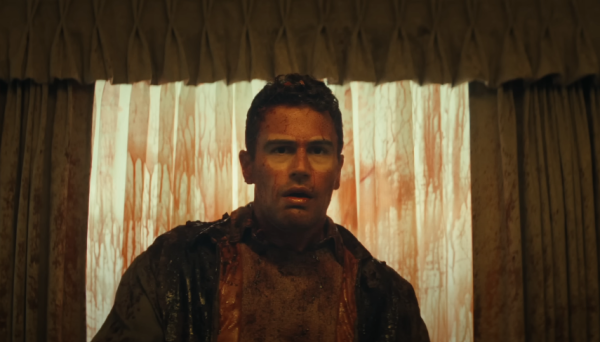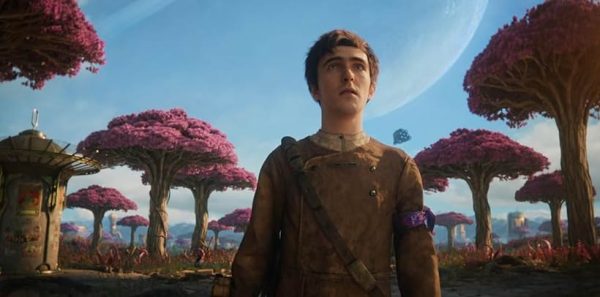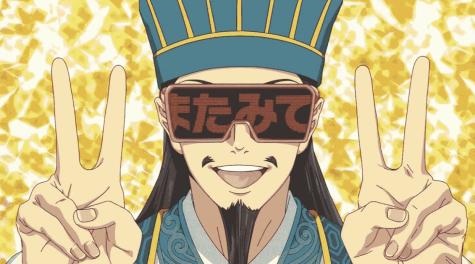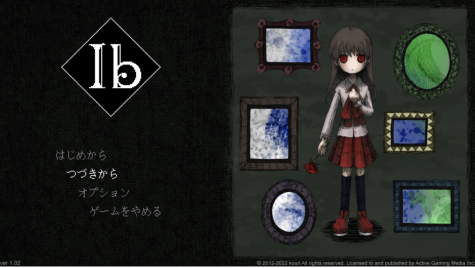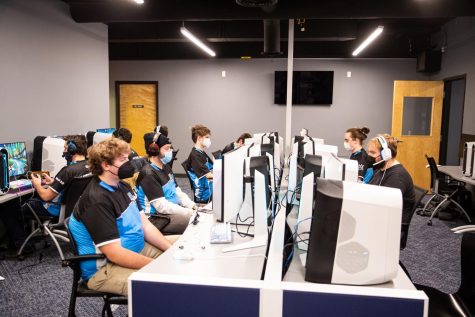Is This the Future of Games?
Will video game developers start to outsource development to community members?
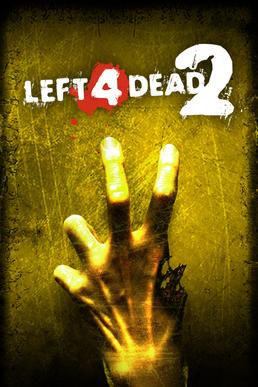
On November 16, 2009, Left 4 Dead 2 was released with resounding success. On July 24, 2012, Left 4 Dead 2 received the last major content patch for almost a decade with a pack of maps referred to as the Cold Stream campaign. On September 24, 2020, over eight years later, an update aptly named The Last Stand Update was released onto PC platforms. Leading up to the release, it was announced that this update was all but entirely created by the Left 4 Dead 2 community.
The Last Stand Update was first conceived when a member of the community approached Kerry Davis of Valve, a developer who worked on Left 4 Dead, and suggested a “small, tenth anniversary update,” according to PR Manager JAiZ.
“Originally, it was supposed to be only the missing survival maps from Left 4 Dead 1, because there were 17 maps that were never actually ported over to Left 4 Dead 2… Kerry was still needed for other projects, like Half-Life Alyx… and due to that, we had a lot more spare time to work on other things than just the survival maps, so we decided, ‘hey, let’s include some more content’.”
With their deadline being pushed back several times due to Kerry’s involvement with Half-Life Alyx, the development team’s roster was able to grow in tandem with the growing scope of the update; brand new achievements, exploit fixes, unreleased guns, melee weapons, and an entire new campaign were able to get added to this update. Due to this overwhelming amount of new content, the community was certainly pleased. JAiZ and Splinks, a contributing 3D modeler, both agree that the update was largely a success.
JAiZ believed that certain aspects of the update wouldn’t have been possible without community involvement, such as fixing certain glitches which required extremely specific setups that would only affect niche groups of players. Splinks acknowledged that while Valve “… would have been a tad rusty on what [expert players] know about the game’s flaws and limitations,” he believes that Valve “easily” could have done an equally complete update, nonetheless.
With both JAiZ and Splinks stating that, to an extent, they believed that the community had valuable insight into the game which benefited the update. As JAiZ put it, “having insight from every branch of the community allowed us to improve every facet of the update for the respective players.”
With respected community members from each subcommunity of a game all coming together to bring out an overall well-received update that arguably had some features that the developers wouldn’t have been able to do, one may wonder about the possibilities of another community update getting approved from Valve.
Splinks and JAiZ both agree on the fact that the concept of a community coming together to create developer-approved content could be a potentially legitimate way for developers to keep their games alive with minimal work done in-house. Splinks referenced Sonic Mania when detailing how fans of a game can contribute great things to a game or franchise. This specific project saw a fan brought onto the development team behind the Sonic the Hedgehog games and was allowed to help make a game due to his in-depth knowledge of the series’ mechanics.
As one may notice the trend of fans being potentially developers under a company’s supervision, one may wonder if an entire community-created game might be a feasible idea for developers to greenlight.
Again, Splinks and JAiZ both agree on this. To somewhat play devil’s advocate, JAiZ cited the infamous fan-made Half-Life (another video game series made by Valve) game, Hunt Down The Freeman as a potential example of a case where a community-created game could go wrong. Splinks retorted saying that it wasn’t relevant to even discuss Hunt Down The Freeman due to it being such a poorly managed project, having personal insight into the game and its development cycle due to working on it.
Comparing Hunt Down The Freeman to Black Mesa, an equally famous Half-Life 1 remake, Splinks stated that he believes “Black Mesa is remarkably way ahead of Hunt Down The Freeman. Black Mesa was made by passionate fans that put years into simply wanting to make a game they love remastered and enjoyed by a new generation… Hunt Down was made by a fan that wanted to micromanage every piece of the project and make money off others’ work.” In this sense, The Last Stand echoed Black Mesa in terms of philosophy; it was just a bunch of fans coming together to create content for a game they loved.
One of the biggest problems when it comes to making community content official was illustrated by Kerry Davis: the “sensitivity” of certain games. “For example, Counter-Strike has a long competitive history and is therefore extremely sensitive to even tiny changes that can affect the look or feel of the game. For a story-driven game like Half-Life, you have to consider how changes might affect the game’s canon… So integrating community content as part of the official game puts far more restrictions on that content and for some games, those restrictions may make it less compelling than if it was released as community content.”
Kerry also stated that he believes The Last Stand was overall well-executed. From the small features like bug fixes to huge aspects extending the game’s lifespan, Kerry noted how the update was able to “improve the game for everyone” and “keep the game fresh.”
With both the community and those at Valve seeing The Last Stand Update as a success, it’s not entirely out of question for another community update to be approved. However, as JAiZ, Splinks, and Kerry illustrated, there are complications with this concept that cannot be ignored. From the question of making the content feel as official as possible to even creating ideas for an update/game, there are numerous factors that need to be considered when entrusting a product to the community. But, as The Last Stand and Black Mesa continue to show, these difficulties may prove to be worth it in the end for both the developers and fans of these franchises.

